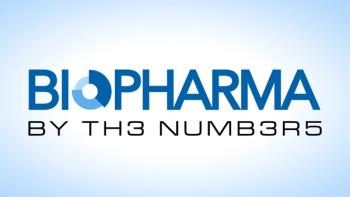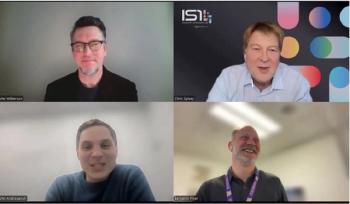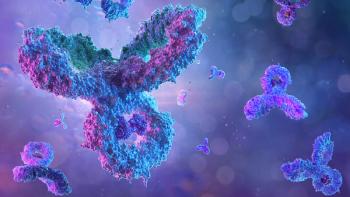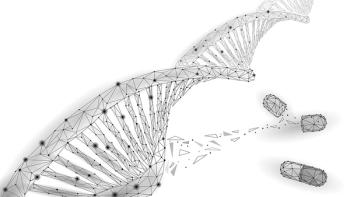
Biosimilars Will Bring Significant Litigation and Patent Challenges
Intellectual property lawyers estimate biosimilar litigation will swell as early as 2018.
The risks involved with patent suits may become a bit more undesirable, thanks to new legislation aimed at deterring unreasonable patent suits. A
Many intellectual property lawyers believe the procedure for patent disputes for biosimilars in the pipeline will likely be complicated. Even though one of the key objectives of the Biologics Price Competition and Innovation Act (BPCIA) is to identify and limit the number of patents that can be the subject of litigation, according to Elizabeth Fuller, senior consultant at Bird & Bird LLP, biosimilars will still be the subject of significant litigation in years to come, she said in an interview with BioPharm International.
Pre-litigation steps for biologics has been set out by the BPCIA, wherein a biosimilar sponsor may challenge an unexpired patent in an attempt to enter the market before the originator patent expires. This process includes “challenging and proving non-infringement, invalidity, or unenforceability of the unexpired patents in federal court,” according to Erica Pascal, partner at DLA Piper, in
The steps in the “patent dance,” which were established as a dispute resolution mechanism and are characterized by a number of notification procedures to the product originator, were
A wrinkle in the conversation is that Neupogen is a product that was launched in 1991 and has since lost market exclusivity (12 years). As pointed out by the judge ruling on the Neupogen case, giving an innovator drug manufacturer 180 days notice of a biosimilar maker’s intention to proceed to market would
Patents protecting methods of manufacture may surge
An important point to consider is that even if a biosimilar passes the regulatory exclusivity period and proves its biosimilarity via analytical testing, it still faces the risk of patent infringement litigation. A
Future litigation is expected to focus on the manufacturing processes used to make biosimilars, as the patents for biologics cannot easily be classified, says Fuller. The patents for biologics are not listed in the Purple Book, nor are the processes that would be infringed by making a biosimilar product. Fuller adds that the immunogenicity risks associated with biosimilars could relate to their formulation and technology platforms, “but the specific patents will not be known, as the originator will not have filed them as part of the original BLA [biologics license application] as they would if the products were small molecules.”
Biosimilars based on antibodies will be especially attractive candidates for litigation, as there has been a spike in seeking and obtaining patents directed to the methods of growing cells and harvesting/purifying them, Stacie L. Ropka, counsel at Axinn, Veltrop & Harkrider LLP, told BioPharm International. This trend is expected to continue, Ropka says, and she believes that biosimilar sponsors will be more willing to challenge patents related to the method of making and purifying drugs over molecule patents. Provided FDA begins approving antibody-based biosimilars, she expects to see an increase in litigation for these medications in 2018 or 2019.
Sources:
Nature
GEN
Newsletter
Stay at the forefront of biopharmaceutical innovation—subscribe to BioPharm International for expert insights on drug development, manufacturing, compliance, and more.





